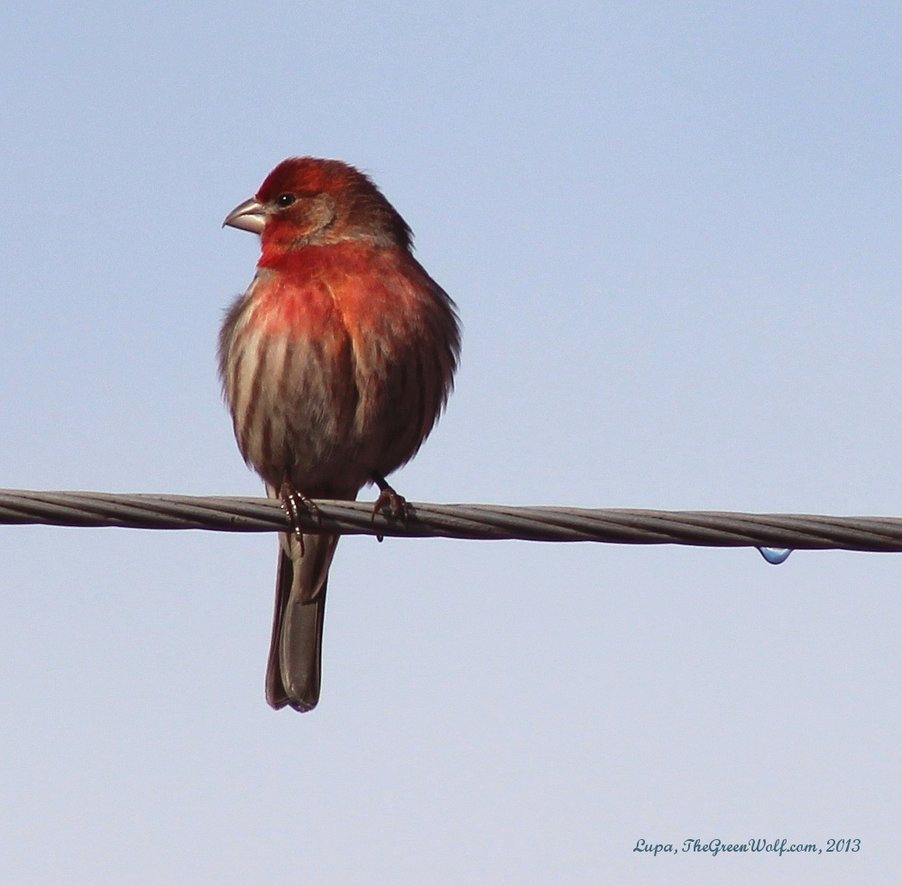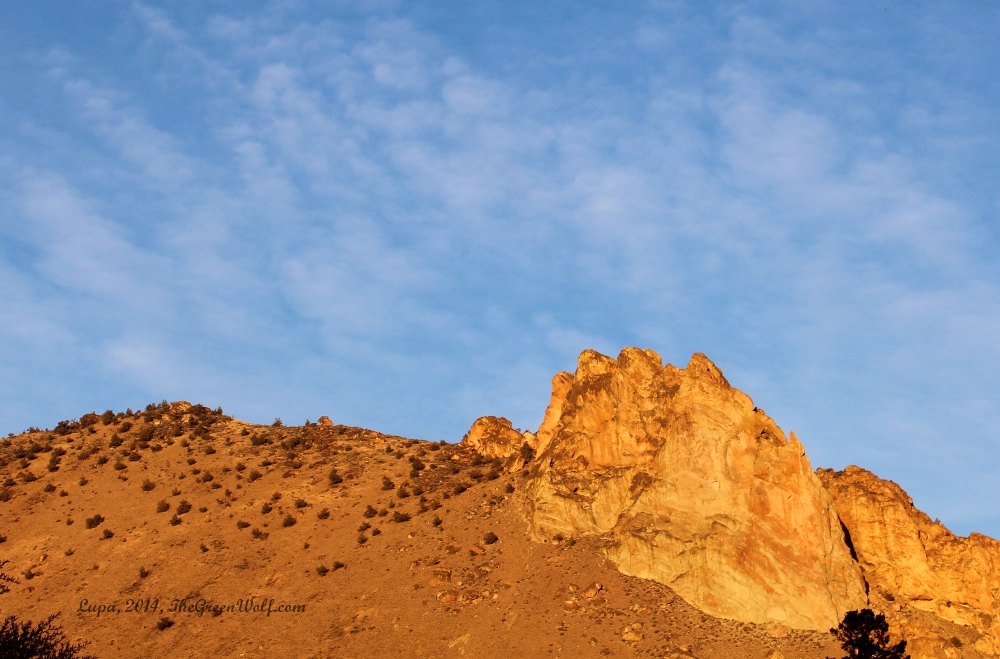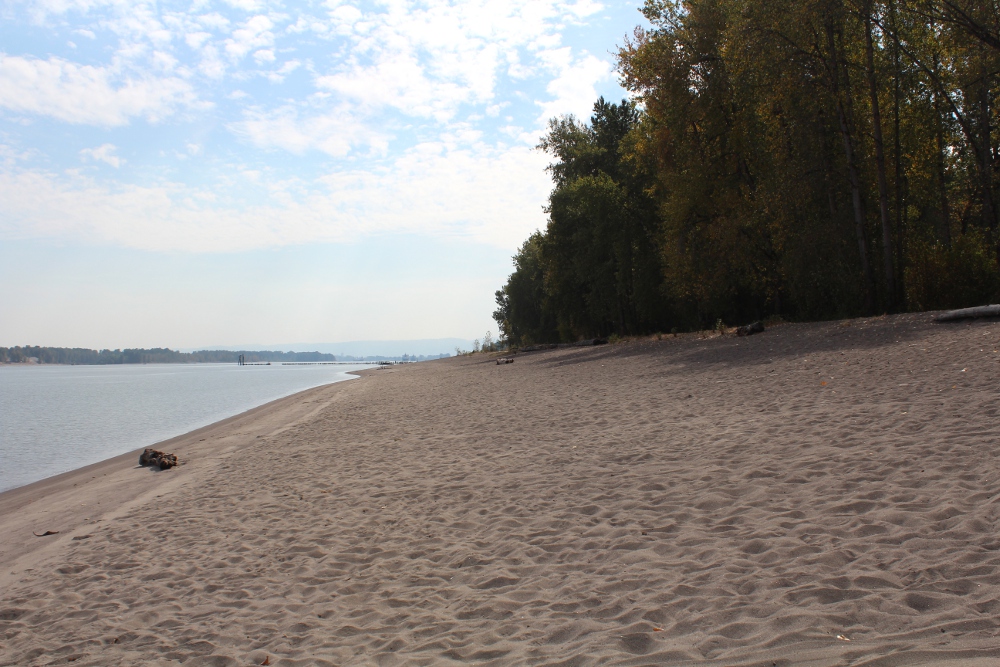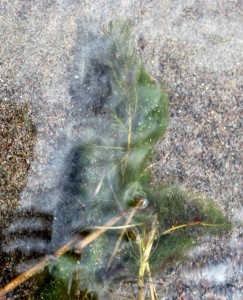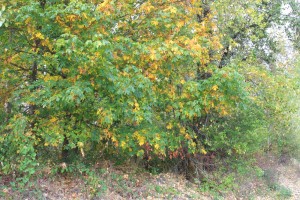Those of you who have been following my writing for a while know that I’m biased against totem dictionaries. A totem dictionary is any of a number of books on totems (almost always animal totems) in which the bulk of the text is dedicated to dozens of dictionary-style entries on stereotyped meanings of various totems. The entries are often formatted thusly:
- * The totem’s species (usually a large mammal or bird, less often a reptile, fish or invertebrate)
- * Key words (the Cliff’s Notes version of the totem’s stereotyped meaning)
- * Some random stuff like astrological signs, moon phases or other correspondences that supposedly match up with this totem
- * A few paragraphs on mythology about the animal and what the animal symbolizes in various cultures (usually assorted Native American cultures, or the dreaded “the Native Americans believed…”)
- * A bunch of writing of what the author thinks the totem means and/or whatever meanings they gleaned from other totem dictionaries, all presented as The One True Meaning of this totem
Seems pretty simple, right? All you have to do to get the answers you seek is open up the book to the animal you seek, read about it, and hey presto–you have your answers, all in a neat little package. So what’s wrong with this picture? Well, actually, you can criticize a few things:
–What the book says isn’t what may be
Totems are not one-dimensional characters; nor are they Pokemon. What they are, as far as I’ve been able to discern over the past couple of decades, is archetypal beings that embody the qualities of their given species, as well as the various relationships that species has with others, humans included. They have personalities, often more complex than we give them credit for, and they don’t act the same toward every single person who contacts them. Gray Wolf, for example, is not always “the teacher”, and is not always happy to see everyone who seeks him out. While my relationship with him has been pretty positive (he’s been with my much of my life), I know people that he’s been rather hostile to. And even with me it’s not just a matter of “Yay, this is my totem, he’s going to give me lots of awesome powers and do things for me!” There are times he’s been harsh with me and, quite honestly, times when I’ve had to work with other totems to help un-learn and balance out some of his less favorable traits.
So when someone asks “What does the totem Wolf mean?” and they get a bunch of books and websites giving them a bunch of stereotyped meanings, they’re likely to just stick with those and not go any further. That’s like someone who want to meet you asking a few of your friends and acquaintances for a one-word summary of who you are and then expecting you to only behave according to what you’ve been told. You can see how limiting that is!
I do understand that some people, especially newcomers to totemism, like reading what other people have experienced, especially with less common totems. But that should be only for comparison’s sake, not as holy writ. Otherwise you run the risk of closing yourself off from what a given totem really wants to talk to you about.
–No dictionary can include all totems
There are literally millions of animal species worldwide (not counting the ones we’ve driven extinct), including almost a million insect species alone. Add in all the many thousands of species of plant, fungus, bacteria, archaea, and other living beings out there, and there’s a LOT of biodiversity to take into account. Every single one of those species has a totem. So do all the extinct species that have ever graced this planet. We don’t even know the identity of most of them.
So it’s not at all surprising that you simply cannot fit every single totem into a dictionary. This means, of course, that totem dictionaries (and, by extension, totem divination decks) are severely limited in possibilities. Most of them tend toward what I call the BINABM (Big, Impressive North American Birds and Mammals), like Wolf and Elk and Eagle and Fox and Deer and Hawk and are you sensing a pattern here yet? Note, too, that few of them talk about the totems of individual species; every snake totem from North Pacific Rattlesnake to Reticulated Python ends up smushed into the general category of “Snake”, and “Spider” somehow is supposed to stand in for a diversity of arachnids ranging from Black Widow to the many sorts of Assassin Spider to the plethora of Tarantulas running around without woven webs. That’s akin to someone saying “Well, your last name is Smith and so that must mean you’re exactly like every other Smith out there, oh, and do you do blacksmithing because I really need a ritual knife made for our coven’s next sabbat.”
The totem dictionary discourages people from exploring outside of this slender, and rather inaccurate, set of definitions it sets out. Some of them admittedly do give you a few exercises to do with your totem, even if it’s not one that’s listed in the book. But I really think these authors would do better to spend more time giving people more material for working with their totems, rather than padding out the page count with dozens of dictionary entries.
As for the issue with not exploring the totems of individual species? I’ll be covering that in more depth in a separate post later on, so I’ll table it for the moment. (Just hold your horses–including Domestic Horse, and Przewalski’s Horse, and Grevy’s Zebra…)
–The dictionary format encourages intellectual laziness and spiritual selfishness
From what I’ve observed over the years, people who seek out totem dictionaries online or in books are usually looking for easy answers. They want someone to tell them “Well, Deer is the keeper of psychic powers, and Rabbit teaches gentleness, and Raven is the darkness in everyone’s soul” and so forth. And then once they’ve identified that tidbit of information, that’s as far as a lot of them go with the relationship. They look in their own lives for places where they can increase their intuition, or become gentler, or, uh, unleash a tide of darkness and woe upon their enemies. And now that they’ve found “their” totem, they may buy a bunch of books and t-shirts and cheaply-made-in-China statues of that being. But they don’t often take the totemic relationship any farther than that. Where’s the curiosity? Where’s the desire to learn more about the totem beyond what some book tells them? Where’s the reward in doing the work yourself? Vanished in a haze of instant gratification.
This is not to say that I am the only totemist who goes into more detail with my work than “Oh, here, read this book.” I know a good number of them, in part because I’ve tried to seek out folks of a like mind over the years and been generously rewarded for my efforts. But we’re still a minority amid the fast-food-spirituality crowd. And to an extent, while I am being rather harsh with the basics, I do admit that more advanced practice isn’t for everyone. Some people are content just knowing they aren’t alone. But when that’s all that’s presented to people, it gets a bit frustrating after a while.
Moreover, when someone asks “What does this totem mean?”, do you know what I hear? “What can this totem do for me?” And that’s the general theme of the overwhelming majority of totem dictionaries out there. Upon doing a casual search for books on “animal totems” and “spirit animals” on Amazon, some of the most common words that come up are “power”* and “messages”, both as bonuses you’re supposed to receive from your super-spiffy totem animal who will fix all your problems for you.
Spirituality is not just about “gimme gimme gimme.” Ideally it’s a set of relationships and connections that go both ways. We are not the totems’ biggest priority; they don’t exist primarily to endow us human apes with mystical wisdom and enlightenment. Their biggest concern is taking care of their own physical counterparts, and because humanity is currently waging war on the environment, by necessity they have to interact with us in an attempt to get us to stop killing everything. It’s not to say that some of them don’t genuinely enjoy working with us, to include in personal growth. But we kid ourselves when we talk about how we’re the golden children of the planet and everything revolves around our bipedal asses.
I can only really speak for myself, but as my relationships with various totems have deepened over the years, I haven’t found myself wanting to get even more stuff from them. Instead, the point at which I consider myself to have left basic totemism behind was the point when I began to be motivated by the desire to give back to them. Now, this isn’t in the manner of supplication and “Please don’t kill me” and “Well, I’m making offerings because my ancestors made offerings and that’s what I’m supposed to do, too.” No, I’m talking about caring so deeply for these beings and their physical children that I wanted to make things better for them, even if only a little. It’s like falling deeply in love with someone; you cease to only be attracted to their surface traits, and you instead genuinely want to make their life better as a whole person, joys and flaws and all.
It doesn’t mean I never ask for help, especially in tough times. But I’ve long since left behind the desire to “access power” through my totems; a more accurate phrase might be “connect with” or “create relationship with.”
One final note: you may have noticed that I’ve written some profiles of various totems here and for my Patreon patrons. These are NOT meant to be holy writ! I write them from a personal perspective because my readers tend to like seeing examples of the concepts I write about in action, and it can help illustrate totemic work a little better. But they’re always phrased as “My work with X totem is this”, not “if X totem comes into your life it means this.”
Alright, that’s it for now. In the next post I’ll go into more detail about why it’s important to know the species of the totem you’re working with. And in a later post I will talk about how you can connect with and learn more about a totem without relying on dictionary entries, so stay tuned!
A master list of Totemism 201 posts may be found here.
Did you enjoy this post? Please consider purchasing one or more of my books on totemism and related topics! They include more in-depth information on working with totems, to include topics not discussed in this essay series.
* I recognize that “power animal” is a specific concept in and of itself, and I’m not including that use of the term in this complaint. Rather, I’m talking about phrases like “access the POWER of your totem animal!” and “POWERFUL magic of totems!”, indicating that you, too, can access power by buying this book.


